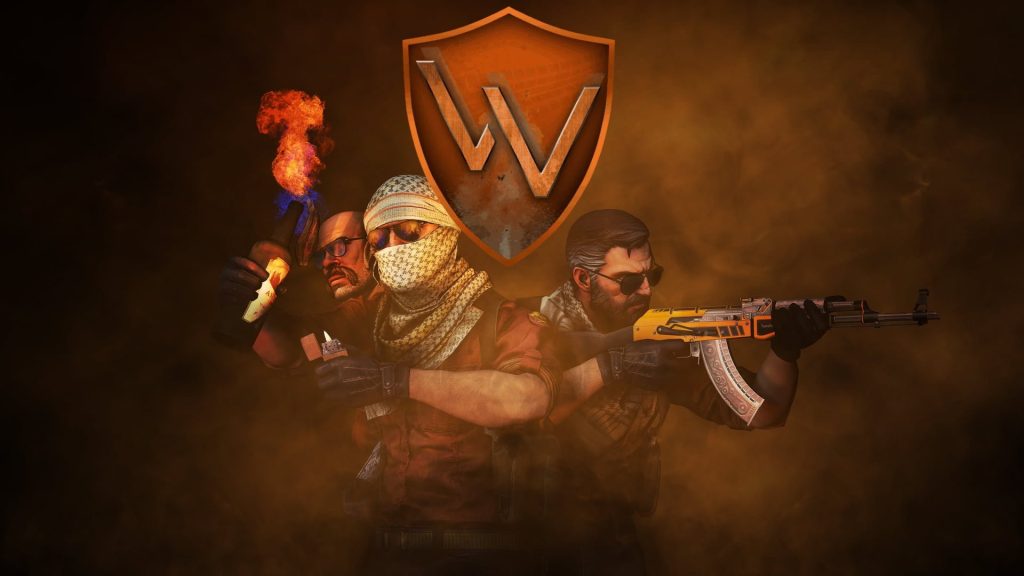While there is still some separation between the gaming and casino industries, that gap is narrowing. Developers in the gaming industry increasingly use techniques that they have borrowed from the casino industry in order to drive player retention and acquisition. The use of these techniques has caused some controversy and is blending the lines between gaming and casino gaming.
As the video game industry looks for new ways to attract and retain players, some developers have been co-opting techniques perfected in the casino industry. These techniques typically involved ways to further monetize games as products and to keep players coming back for more. While these techniques have received some criticism and some are viewed unfavorably, developers continue to use them. This article will explore which techniques the video gaming industry is borrowing from the casino industry and how these techniques have changed the face of gaming.
Games, but gamified?
It might seem an odd sentence, but most games weren’t themselves gamified until somewhat recently. Gamification refers to using elements of games to turn regular activities into more of a game as a marketing technique to try and engage and audience retention. In games, this is done by introducing ancillary elements to the game, such as challenges and daily login rewards. These ancillary elements are things that typically you could find at a trusted Ontario casino with great rewards for logging in day after day to play, but they are finding their way more often into other games. Many players find that they feel an obligation to acquire all of the daily rewards, which means that they are logging in to play every day, which is exactly what game developers want them to do.
Another common gamification system that game developers have borrowed from casinos is loot boxes. Loot boxes are likely the most controversial of all the techniques that video games have borrowed from the casino industry. A loot box functions very similarly to a slot machine, opening one will reward the player with a random item, with the chance for a very rare, potentially monetarily valuable, item. The main issue that many detractors have with the incorporation of this system into video games, is that the odds of acquiring the rare drop are often not clear and can be misleading.
Microtransactions
While loot boxes might be viewed with suspicion by non-gamers who feel they too closely resemble gambling, microtransactions are viewed by most gamers with thinly veiled disgust or hatred. The idea of a microtransaction is that the game itself might be free, or cost a very small amount, but to unlock the full experience further purchases are required.
One model, which is very popular in the mobile gaming industry, is known as the freemium model. Freemium games are typically free, but to play them and be able to compete with other players or even to engage with most of the content in anything resembling a reasonable amount of time requires you to make multiple microtransactions, and to pay a premium cost. While the freemium model is not translated exactly from the casino industry, giving players a taste of the game for free before asking for more, is a technique that is often used by the casino industry.
Another type of microtransaction is rooted in in-game currency. This is when items within the game, typically cosmetic although sometimes they can have game-affecting outcomes, are available to buy with a currency that can be earned by playing the game or purchased. This mimics the way that in casino games like poker, players are required to ante up with their chips in order to continue playing a round. The idea behind this is that a token, chip, or in-game currency, doesn’t feel like money and therefor is easier for people to spend.
Other game design elements borrowed from casinos
There are two other main design elements that many popular games use that can be linked to the casino industry. They are random rewards, known as gacha mechanics, and time-limited events. The term gacha originated from a type of vending machine in Japan known as Gashapon machines, gacha is a shorthand for referring to games that use randomized reward systems, similar but distinct to loot boxes. The idea is that players are not directly in control of the outcome, but hope for a lucky spin or roll to reward them with a good item. This is obviously analogous to slot machine gameplay that can be found in the casino industry.
As for time-limited events, while video game developers probably took inspiration from the casino industry, this could be linked to a phenomenon that occurs all the time in life, fear of missing out, or FOMO. By having items that can only be acquired or won for a limited time, it gives players the impetus to engage with the game quickly before they miss out. This is a classic tactic used in the casino industry and is used in many games like Overwatch and Dota 2 to get players to buy items that will only be available for a limited amount of time.
Conclusion
While the gaming and casino industries are neighbours, they are becoming closer than ever before. What this might mean for the future, could be more popularity and acceptance of casino games as legitimate options for gaming entertainment, or it could mean more casino-like elements becoming common in mainstream gaming titles. Either way, video game developers seem to show no signs of wanting to stop using casino industry techniques to drive more player engagement and retention.

